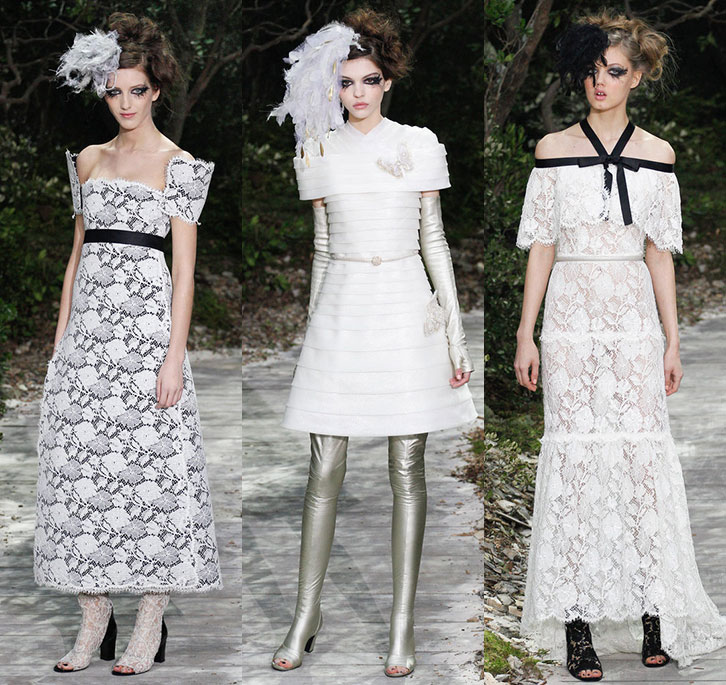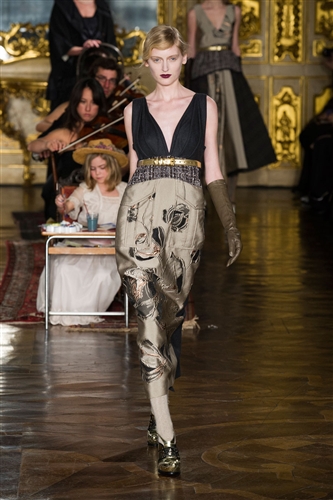Blog Piece for www.HouseofBeth.com
Slaves to Fashion
As I walk around the area of Sukhumvit in Bangkok, I
am completely overwhelmed by the amount of shopping malls that have sprung up
left right and centre in the last few years, bursting with more shops, more
restaurants, more cinemas, and more beauty salons that you could ever want or
need. Near the BTS Sky Train station Siam, there are three gigantic malls and a
night market covering a vast square and numerous streets around. And two more
malls are currently being built next door. Shopping is on another level in
Bangkok – from airport themed malls like Terminal 21, to the weekend Chatuchak
market with over 5000 stalls, to MBK with its 7 floors each individually
devoted to fake clothes, bags, electronics, makeup etc. – not forgetting the
IMAX cinema! It is a shopaholic’s paradise. But as I thumb through some hand-made
silk scarves I can’t help but wonder – where on earth do all these clothes come
from?
The vast majority come from sweatshops. Beneath
the ethereal shopping mall lights lies a dark underworld of forced labour,
mostly carried out by trafficked women and children. Thailand is one of the
biggest exporters of clothing in the world. The International Labour
Organisation (ILO) estimates that on average, sweatshops employ 61% of
children in Thailand; children will work for less money, they have smaller, more
nimble fingers, and are less likely to complain about poor working conditions.
Many of these children are trafficked in from neighbouring countries like
Cambodia, and others must work to provide for the family. Most garment workers
are women, the vast majority of them young women in their teens or twenties who
have left their homes for the first time so that they can earn money to send
back to their families. Millions of workers, mostly women, toil in
tens of thousands of sweatshops around the world. Sweatshop awareness organisations
estimate that 85% of sweatshop workers are young women between the ages of
15-25.
One could argue that sweatshops
enable women and children with a safer way to make money, rather than resorting
to prostitution or working in a sex club. Defenders
of sweatshops often bring up the fact that sweatshops at least give people jobs
they wouldn't have had otherwise. However, the working conditions of sweatshops
are so unbearable, they rarely improve economic situation of their employees. The trafficking
of women as means of cheap labour often includes debt bondage; these women
undergo slavery-like conditions, and are forced to work without wages until
they have repaid inflated "debts" and "fees". Since sweatshop workers are paid less than their daily
expenses, it is almost impossible to save any money to improve their lives.
They are trapped in a cycle of exploitation.
Nicholas D. Kristof (in his
article titled In Cambodia, Sweatshops are a Dream) talks to Pim Srey
Rath, a 19-year-old girl from Phnom Penh, while she scavenges on the city's
huge toxic waste dump. She told him she would love to get a job in a
clothes factory - ‘at least that work is in the shade.’ Kristof spoke to
another woman, Vath Sam Oeun and her ten-year-old son. She hopes he will
grow up to get a ‘safe’ factory job as she has seen other children run over by rubbish
trucks. Her son has not ever been to a doctor or dentist. He
last had a proper bath when he was two. In her eyes a sweatshop job would
be wonderful and less dangerous for his future.
There is no single definition of what a sweatshop is.
The US Department of Labour defines a sweatshop as a factory that violates two
or more labour laws, such as those pertaining to wages and benefits, child labour
or working hours. In general, a sweatshop can be described as a workplace where
workers are subject to extreme exploitation, (including the absence of a living
wage or benefits) poor working conditions, and arbitrary discipline, such as
verbal, physical and sexual abuse. To keep labour costs low, shop owners usually
pay workers a “piece rate” i.e. workers do not get paid by the hour. Rather,
their wage is based on the number of items - shirts, shoes, socks -they
complete in a shift. If workers hope to earn a decent income, they have to work
hard, and they have to work long. Basically, they have to sweat. Around
the world, garment workers spend dozens upon dozens of hours a week at their
sewing machines to make the clothes and shoes that eventually end up on
retailers’ shelves. And when workers try to defend their interests, assert
their dignity, and reclaim some of their efforts are invariably repressed. In
country after country, the stories are hauntingly similar.
Despite
international and domestic human rights agreements, many countries fail to
protect the rights of their workers, and often have a hand in their
exploitation. Many Western companies are profiting from the abuse of migrant
women workers detailed in this report. High street brands such as Adidas, Nike,
Reebok and Levi-Strauss sell goods produced in Thailand, Cambodia and Malaysia,
while low labour costs have made Cambodia a key source of cheap clothing for
stores such as Gap, Zara, and H&M.
But how can we solve this
problem? I personally agree with Kristof, that sweatshops are only a symptom of
poverty, not a cause, and banning them closes off a potential route out of
poverty. However, I also firmly believe that garment companies must
disclose the treatment and pay of workers and how and where products were made.
This must be monitored by in-country labour organisations to protect workers
and their jobs, including paying for education for child workers found in
factories and paying parents a living wage.
At House of Beth, we pride ourselves on selling only
pre-loved, vintage and, ethically produced clothing.
Amelia Stewart


















